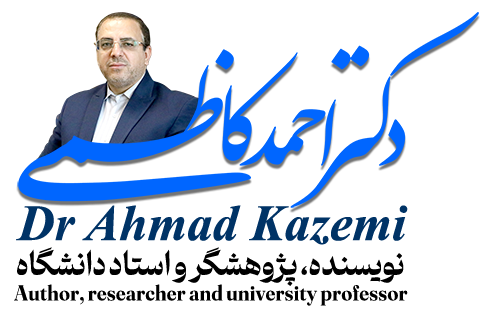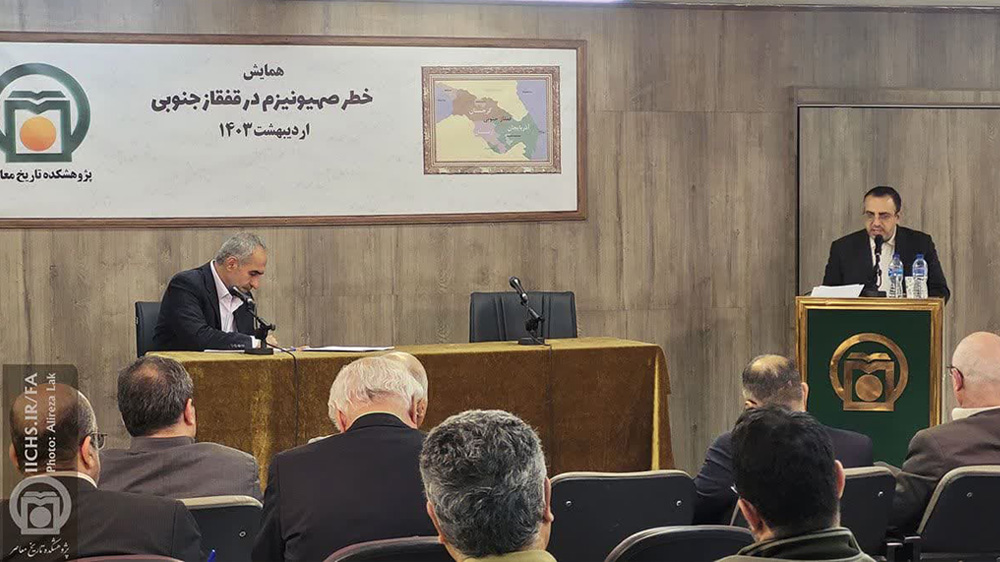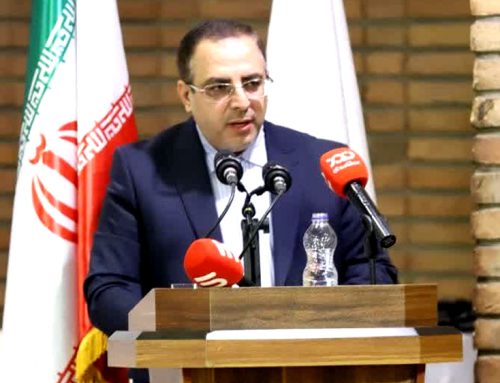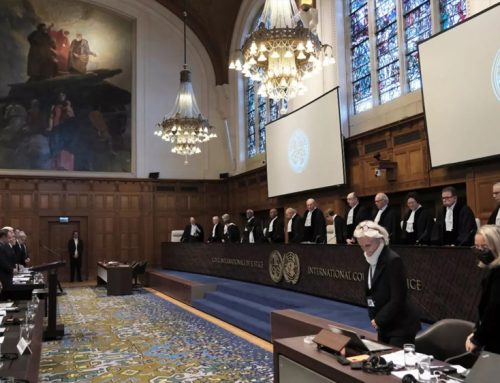Dr. Ahmad Kazemi, a university professor of international law, delivered a speech at a conference dubbed the “Danger of Zionism in the South Caucasus” held at the Institute of Contemporary History of Iran. His presentation, titled “The Link between Pan-Turkism and Zionism in the Light of the Anglo-Saxon Order in Eurasia,” examined the cooperation between Pan-Turkism and Zionism across two historical periods.
” The first period of cooperation between Zionism and Pan-Turkism extends from the 18th century until the collapse of the Soviet Union. During this time, the relationship between Zionism and Pan-Turkism manifested in two main areas: pan-Turanianism theorizing and the collapse of the Ottoman Empire,”
Dr. Kazemi said. “As the famous orientalist Bernard Lewis says, three Jews in the 18th century, and a century before the establishment of Turkey, were the originators of the English idea of Pan-Turanianism: Arthur Lemley David, an English Jew and the author of the book Preliminary Studies, David Leon Cohen, a French Jew. Arminius Vámbéry, a Hungarian Jew who in 1868 in England published a book titled “The Voyages of a False Dervish in Central Asia” (Voyages d’un faux derviche dans l’Asia centrale) and began to draw the empire of Pan-Turkismm,” the university professor further added.
” It is noteworthy that even today, the proponents of pan-Turanianism include Zionist and American figures such as Branda Shafer, Michael Dorn, and Aryeh Gut (until September 2022), as well as the ambassadors of the Israeli regime in Baku,”
he further noted. “The second role of Zionism in this period was its involvement in the rise of young Turks during the collapse of the Ottoman Empire… … In 1901 AD, Sultan Abdul Hamid II opposed the request of Theodor Herzl, the founder of Zionism, to establish a Jewish settlement in Palestine and refused to accept the Zionist delegation headed by “Mizraei Qasu”. Afterward, the ethnic wave centred on Pan-Arabism intensified throughout the Ottoman Empire, and eventually, with the collapse of the Ottoman Empire, Mustafa Kemal came to power in 1881. He was born in the port city of Thessaloniki into a Dönme Jewish family (apparently converted Jews)…” the senior researcher of Eurasia further emphasized.
Zionism and Pan-Turkism share something in common from an ideological standpoint, as both believe that they are superior groups. As Arthur David Lemley wrote in his 1832 book “The Turks are an independent and outstanding race and are superior to the Arabs and other eastern nations.” All the theorists of Pan-Turkism in Turkey, such as Zia Gog Alp, Ahmed Agayev, and Yusuf Akchora, have been influenced by Jewish theorists and have glorified them,
the professor of international law at the university further added. The second period of the linkage between Pan-Turkism and Pan-Azerism began after the collapse of the Soviet Union when the Turkish authorities, including President Turgut Özal, immediately highlighted Turkey’s ambitions for its presence “from the Adriatic Sea to the Great Wall of China.” Since then, the issue of Turkey’s dominance in the territories in the south of Armenia has been proposed in the form of several propositions, including those raised by Blunt Ejvit. However, the first Karabakh war and the prevailing conditions in the region, along with the continuation of the Russian structure, hindered the dream of Pan-Turkism, given the fact that at that time the West still did not have a clear plan for the political order in the Eurasian region, Dr. Kazemi underscored.
“Since 2017, with the decline of the United States of America, according to theorists such as Stephen Walt, the establishment of a new order in various regions, including the Caucasus and Central Asia, has become a priority for NATO. This is where the Anglo-Saxon order, centred around the idea of Pan-Turanism, comes into play. Two years after Nikol Pashinyan, the Prime Minister of Armenia came to power as part of a colour revolution, the Second Karabakh War project commenced. It became evident that the division of southern Armenia was the primary objective of the war,” Dr. Kazemi noted.
He elaborated further on the objectives of the Anglo-Saxon order, characterizing them as the “destruction of the Russian order, prevention of the Iranian order, and obstruction of the Chinese order in the Caucasus and Central Asia through the establishment of what is referred to as the Turkic world in the framework of the organization of Turkish governments, a body through which phenomena such as Muslim and Christian Zionism are supposed to be created.”
“ In the second Karabakh war, the most direct military role was played by the Israeli regime, representing Zionism, and the Justice and Development Party of Turkey, affiliated with the Pan-Turkist National Movement Party, representing Pan-Turkism,” the senior researcher of Eurasia emphasized.
Dr. Kazemi also elaborated on the connection between Zionism and Pan-Turkism, Dr. Kazemi shedding more light on their common interests, including:
• Establishing the Anglo-Saxon order and weakening the axis of Iran, Russia, and China through NATO’s Turani Corridor.
• Promoting pan-Turanianism in the region and boosting ethnicism in countries like Iran, Russia, and China as the Israeli regime views ethnic separatism as the only way to contain Iran in the region and turn Azerbaijan into a regional base of Zionism.
• Ensuring the long-term transfer of oil from the Israeli Baku-Ceyhan pipeline and granting Turkey gas transfer concessions from the Zionist regime’s Leviathan field.
• Turning the Turkic world into a logistical support for the Zionist regime. This already came into light in the wake of the Al-Aqsa Flood Operation by the Palestinian fighters and indicated how the Turkic world sent food, energy, jet fuel, construction materials, and water from the so-called Turkish world to Israel.
• Bolstering Takfiri Wahhabism and Muslim Brotherhood in the Caucasus and Central Asia
• Shared interests by Zionism and Pan-Turkism in launching anti-Shia and anti-Iran campaigns
• The creation of the second Israel in the region (Azra’il) in Karabakh, which has witnessed ethnic cleansing with the help of Western countries, especially England, is now uninhabited.
• Alignment of interests between Zionism and Pan-Turkism in Ukraine’s war against Russia.
• Shared interests in boycotting the issue of the Armenian Genocide.
• Common goals in Turanizing Pan-Azerism and eradicating the authentic Iranian identity of Azerbaijanis.
• Shared interests in de-Iranization and de-Persianization, pursued through the Anglo-Saxon order in the Indian subcontinent, Afghanistan, Anatolia, and the Caucasus. The presence of Zionist political figures such as Tzipi Livni in Nizami Ganjavi International Foundation comes as part of the same agenda.






Leave A Comment